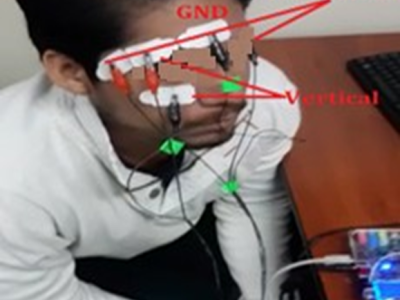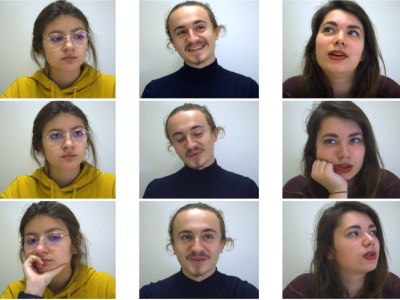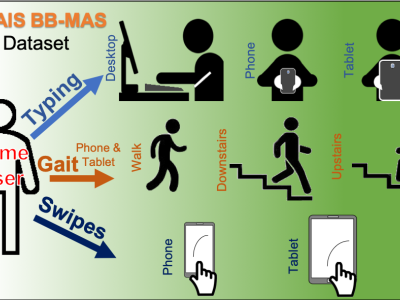Eye-movement Electrooculography Dataset
- Citation Author(s):
- Submitted by:
- Oscar Pellico Sanchez
- Last updated:
- DOI:
- 10.21227/ttw6-ar70
- Data Format:
 4018 views
4018 views
- Categories:
- Keywords:
Abstract
The electrooculography signal is widely used to analyze eye movements, with an emphasis on its use in human-computer interaction. Various techniques based on artificial intelligence have been used for signal processing. These methods require a specific dataset to train algorithms capable of detecting eye movements. We designed an experiment in which horizontal and vertical eye movements were recorded in conjunction with different movement angles. Therefore, we provided a dataset of the EOG signal with gaze angles ranging from 10 to 55 degrees for the horizontal channel and from 10 to 35 degrees for the vertical channel, as well as blinks and double blinks.
Instructions:
The main file DatasetEOG.zip consists of two files named EOGsignal.xlsx and Eye-movement Electrooculography dataset.csv. The information contained in each file is described below:
The EOGsignals.xlsx file contains the data collected in the experiment. This file contains the undivided eye movements ranging from 5 to 55 degrees for the horizontal channel and from 5 to 45 degrees for the vertical channel, as well as blinks and double blinks.
The Eye-movement Electrooculography dataset.csv file contains the data of each eye movement associated with a particular angle of gaze. The movement angles in this file range from 10 to 55 degrees for the horizontal channel and from 10 to 35 degrees for the vertical channel, as well as blinks and double blinks.
1. The first column is named "Label", which contains the labels of the eye movements.
2. A second column named "EOG angles", which corresponds to the recorded movement angles. Each movement angle is associated with a label.
3. The record comes from the fourth column, where the first row corresponds to the label added for the corresponding eye movement.







